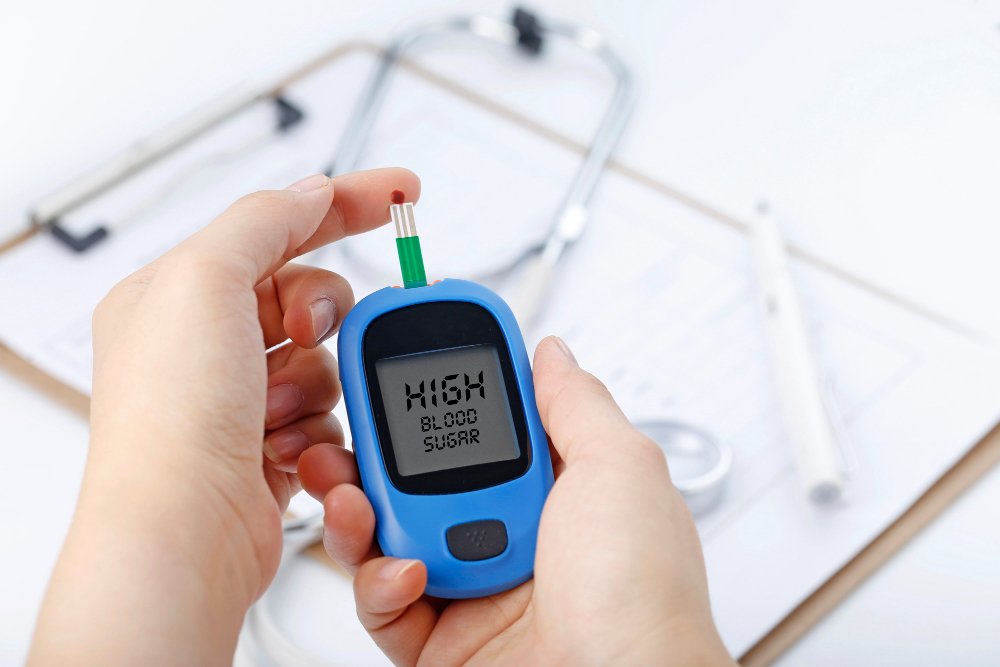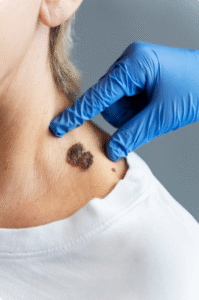Here’s a detailed overview of how Korean clinicians and researchers are advancing diabetes care today—integrating new guidelines, technologies, therapeutics, and care models to improve outcomes.
Updated National Guidelines & Strategy
- In 2023, the Korean Diabetes Association released revised clinical practice guidelines tailored to the Korean population. These include updated recommendations on screening, glycemic monitoring, drug selection, and comorbidity management (hypertension, lipids) that reflect Korean epidemiology and real-world data.
- The guidelines also emphasize personalized glycemic targets, recommending adjustment of HbA1c goals based on patient age, comorbidities, and risk of hypoglycemia rather than one-size-fits-all thresholds.
Because Korea has its own genetic, dietary, and lifestyle patterns, having nationally adapted guidelines helps optimize care rather than blindly adopting foreign protocols.
Early Insulin Treatment & Individual Goal-Setting
- Korean endocrinologists are advocating earlier initiation of basal insulin in patients who do not achieve control with oral medications and GLP-1 receptor agonists. In a multicenter study (the TOBE study), clinicians evaluated the use of insulin glargine in patients needing more than oral therapy.
- What’s innovative is the use of personalized glycemic goals rather than uniform targets. Some patients aim for more relaxed HbA1c thresholds depending on age, comorbid conditions, and risk of hypoglycemia. This customized approach helps balance tight glucose control with safety.
This shift helps patients avoid overtreatment and reduces risk of adverse events.
Technology & Digital Health Tools
- Continuous Glucose Monitoring (CGM) and real-time glucose sensors are being integrated more fully into clinical practice, with Korean clinics using data from CGMs to guide insulin titration, detect nocturnal hypoglycemia, and adjust treatment. (This is part of global diabetes trends and is included in the Korean practice guidelines.)
- Mobile health (mHealth) apps and telemedicine platforms are increasingly used for remote glucose monitoring, patient education, feedback loops, and coaching—allowing clinicians to intervene earlier and support behavior change.
- Some research groups are exploring predictive modeling and digital biomarkers (e.g., “GluMarker”) that use machine learning to forecast next-day glycemic control. This kind of tool may support more proactive adjustments.
These digital tools help close the gap between clinic visits and daily glucose dynamics, enabling more responsive, data-driven care.
Integrated & Multidisciplinary Care
- Korean diabetes management is increasingly delivered via multidisciplinary teams—physicians, diabetes educators, dietitians, exercise therapists, and social support workers working together to coordinate care. The 2023 guidelines emphasize this team approach.
- Clinics are placing greater focus on lifestyle modification support—structured nutrition counseling, exercise programs, behavior change methods, and psychosocial support, integrated into routine care.
Precision Medicine & Tailored Pharmacotherapy
- Clinicians now more consciously consider Korean patient subtypes—differences in insulin secretory capacity, body fat distribution, and metabolic phenotypes—when selecting drug regimens.
- Alongside newer drug classes (e.g. SGLT2 inhibitors, GLP-1 receptor agonists), Korean physicians are more actively combining therapies (oral + injectables) and sequencing treatment to maximize efficacy while minimizing side effects.
- Biomarkers, including genetic tests or metabolic profiling, are being studied to identify which patients will respond better to certain drug classes. This helps avoid trial-and-error prescribing and improves cost-effectiveness.
Greater Focus on Comorbidities & Organ Protection
- Diabetes care in Korea now commonly integrates prevention and management of kidney disease, nonalcoholic fatty liver disease, cardiovascular risk, and dyslipidemia. The 2023 guidelines place stronger emphasis on comorbidity screening and treatment.
- Use of cardio-renal protective agents (SGLT2 inhibitors, GLP-1 agonists with evidence) is more common, even for patients without overt vascular disease, aiming for prevention rather than reaction.
Real-World Evidence and Local Clinical Trials
- Korean researchers are conducting real-world studies using Korean patient populations to validate effectiveness of therapies (e.g. basal insulin in Korean type 2 diabetes). This helps ensure that therapies work well in local settings and provide evidence that guides practice.
- Local registries and diabetes fact sheets (e.g. collaboration with Seoul National University) track trends in prevalence, awareness, treatment, and control—helping clinicians see gaps and target interventions.
For example, in 2021–2022, 15.5 % of Korean adults 30+ had diabetes, but only ~32.4 % achieved HbA1c < 6.5 %. This gap underscores the need for improved management strategies.
Patient-Centered & Behavior-Focused Approaches
- Korean clinicians emphasize shared decision-making, where patients and doctors set treatment goals together based on patient preferences, tolerances, and lifestyle.
- Frequent use of self-monitoring, diaries, feedback, and motivational interviewing helps sustain behavioral changes and adherence.
- Some practices use reinforcement learning–based messaging systems (inspired by global research) to encourage adherence to physical activity or medication routines.
Even though that particular reinforcement learning system was from an international study, its approach is relevant for how mobile technology and behavioral reinforcement may be adapted in Korea.
Challenges & Areas for Improvement
- Despite advances, only a minority of Korean diabetic patients achieve tight glucose control and full integrated management, suggesting gaps in access, adherence, or resource allocation.
- Some rural or less resourced hospitals may not yet offer advanced digital tools or multidisciplinary teams.
- Costs, reimbursement policies, and insurance limitations can restrict use of newer drugs or technologies.
- Data privacy, interoperability, and standardization remain concerns as digital tools proliferate.
Future Directions & Opportunities
- Wider adoption of AI-driven decision support systems to stratify risk, suggest adjustments, and flag dangerous glucose trends.
- More non-invasive glucose monitoring methods (optical, wearable sensors) to reduce burden of finger-prick testing.
- Expanded use of telehealth and remote monitoring to bring specialty care to rural or underserved areas.
- Stronger integration of genomics, metabolomics, and precision diagnostics into routine diabetes care.
- Policy support to reduce cost barriers for advanced therapies and technologies in underserved communities.













